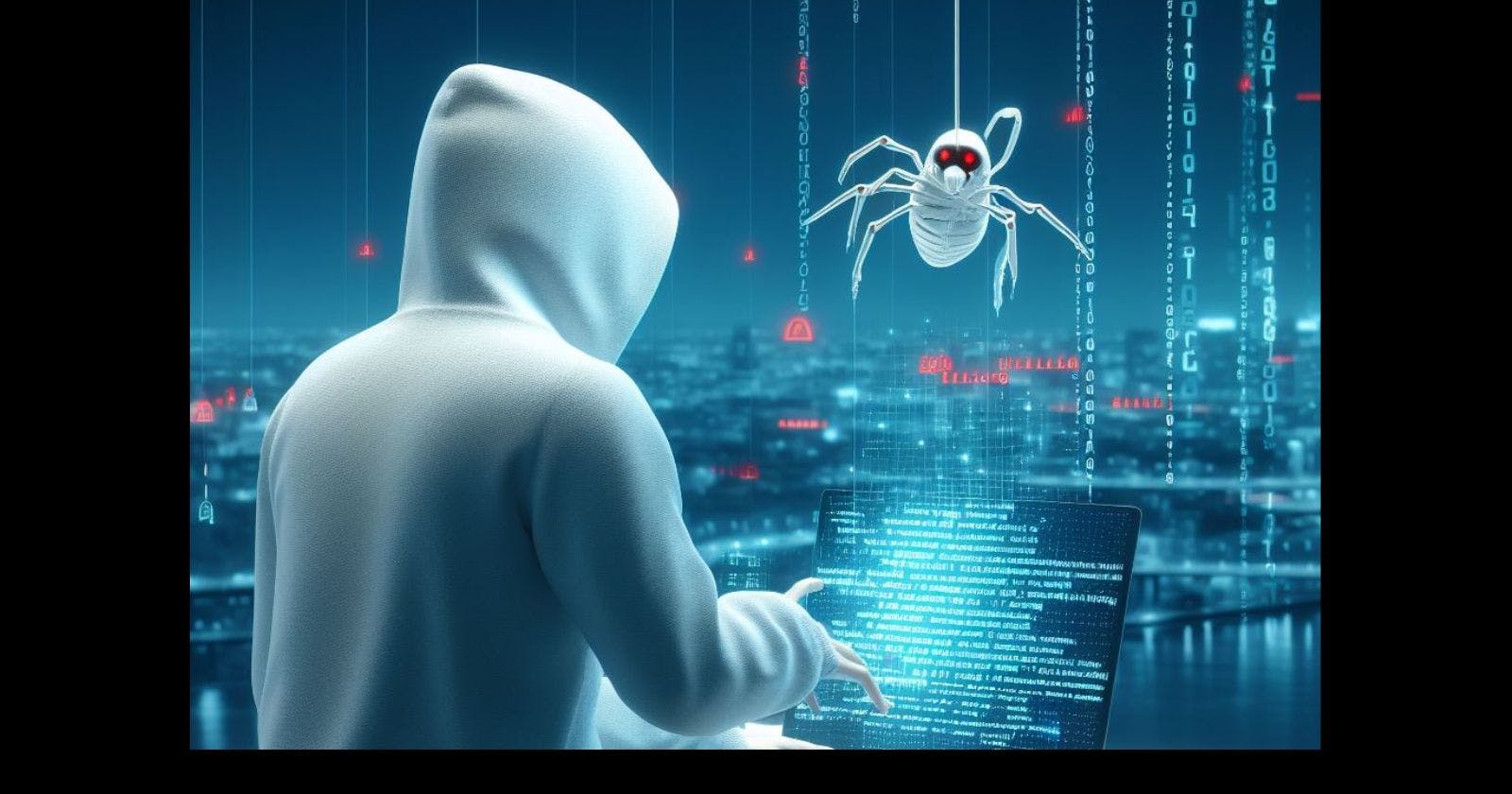Executing malware through a script is a common attack vector used by cybercriminals to infect devices and systems. Scripts provide an easy way to distribute and activate malicious code without direct user interaction. Understanding how script-based malware attacks work can help protect against infection.
What is a Script?
A script is a simple program consisting of automated commands written in a scripting language like JavaScript, Python, PowerShell, or Bash. Scripts allow executing tasks on devices and servers through code rather than manual work.
Legitimate scripts automate processes and administration. However, attackers take advantage of scripts to hide and execute malware without being detected.
Malicious Script Execution Methods
Attackers use various techniques to execute malicious scripts capable of downloading or activating malware already present on the system:
Social Engineering Schemes
Tricking users via email, chats, calls or websites to open an infected script file attachment or click on a link to launch the script. Requires some user action to activate the code.
Exploiting Vulnerabilities
Targeting unpatched software bugs and system weaknesses to secretly inject malicious scripts onto devices without any action from users. Allows executing code remotely.
Third-Party Compromise
Hacking sites, ads, tools, and supply chain entities that users trust to insert malicious scripts that get activated when engaging with the compromised platform.
Operating System Features Abuse
Leveraging OS attributes like auto-execute capabilities or built-in script testing features to activate malware scripts automatically when certain system events occur.
Malicious Script Payloads
The primary purpose of malicious scripts is to deliver payloads which carry out the actual malicious activity:
Downloading Additional Malware
Scripts designed to connect to command servers and download more complex malware like trojans, info stealers, and ransomware onto the infected system.
Installing Backdoors
Incorporating hidden access mechanisms allows persistent remote control over compromised machines even after initial scripts finish execution.
Stealing Sensitive Data
Scripts crafted to extract passwords, financial information, personal files, and corporate data and send it back to attacker infrastructure.
Damaging Resources
Some scripts destroy system resources like wiping storage, deleting backups, and corrupting databases making recovery difficult.
Protecting Against Script Malware Threats
Following cybersecurity best practices is key to avoiding becoming victim to script-based malware campaigns:
Keep all software up-to-date to eliminate vulnerabilities threat actors aim to exploit
Enable antivirus and endpoint detection solutions to block known malicious scripts
Be vigilant of social engineering attempts trying to fool you into launching scripts
Only install legitimate apps and tools from trusted sources
Regularly back up critical data to enable recovery capability
Monitor systems for unusual activities indicating potential infection
Understanding common malware delivery tactics creates awareness allowing faster detection and mitigation protecting users and businesses from damage or data loss from malicious scripts.

